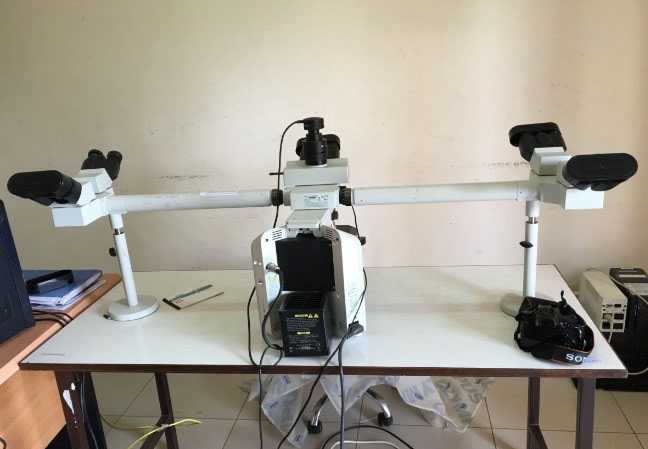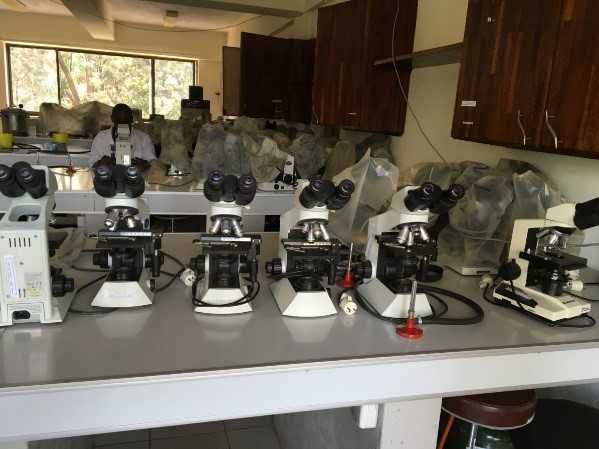Project Closeouts
In September 2016, two long-standing CDC Rwanda-supported projects (through PEPFAR funding) came to a close: “Supporting the Kigali Health Institute to Strengthen Laboratory Training in Rwanda” and “Supporting the University of Rwanda, School of Public Health to Improve Quality of HIV/AIDS and Health Service Delivery in the Republic of Rwanda.” Both projects began in September 2010, and had been implemented for six years. The successes and challenges of the CDC/Kigali Health Institute (KHI) project were highlighted during their closeout ceremony. Read the highlights below.
Supporting the Kigali Health Institute to Strengthen Laboratory Training in Rwanda
This project, which began in September 2010, was aimed at supporting the KHI to train more nurses and paramedical professionals. James Gafirita, Principal Investigator for the project, said some of the gaps the project aimed to bridge included:
- To increase the number of trained nurses in Rwanda. 2000 data showed the ratio of nurses to patients was 1 nurse for every 1690 patients.
- To increase the number of medical laboratory technicians (MLTs) graduating from KHI. As of 2010, a total of only 343 MLT graduates had come from KHI (all diploma-level).
The project focused on three pillars: 1) faculty development and capacity building, 2) curriculum development, and 3) infrastructure training and resources.
Some of the project’s achievements included:
- 99.5% staff retention since CDC began supporting the project as compared to 50% staff retention before CDC support.
- A total of 436 students have graduated with either a degree or diploma in MLT during the project period (2010 -2016) as compared to a total of 343 students who graduated with a diploma during the period before the project (1998- 2010).
- New state-of-the-art microscopes were bought using project funds to support training.

One of the two teaching microscopes bought under the project. Photo courtesy of J.Gafirita/KHI project.

Some of the 28 student microscopes bought under the project. Photo courtesy of J.Gafirita/KHI project.
The project has strengthened the sustainability of KHI. The new equipment will be used to carry out patient sample diagnostics and generate more income for KHI. Standards of student training will also improve as the students will use patient samples for their lab practices.
- Page last reviewed: March 1, 2017
- Page last updated: March 1, 2017
- Content source:
Global Health
Notice: Linking to a non-federal site does not constitute an endorsement by HHS, CDC or any of its employees of the sponsors or the information and products presented on the site.


 ShareCompartir
ShareCompartir